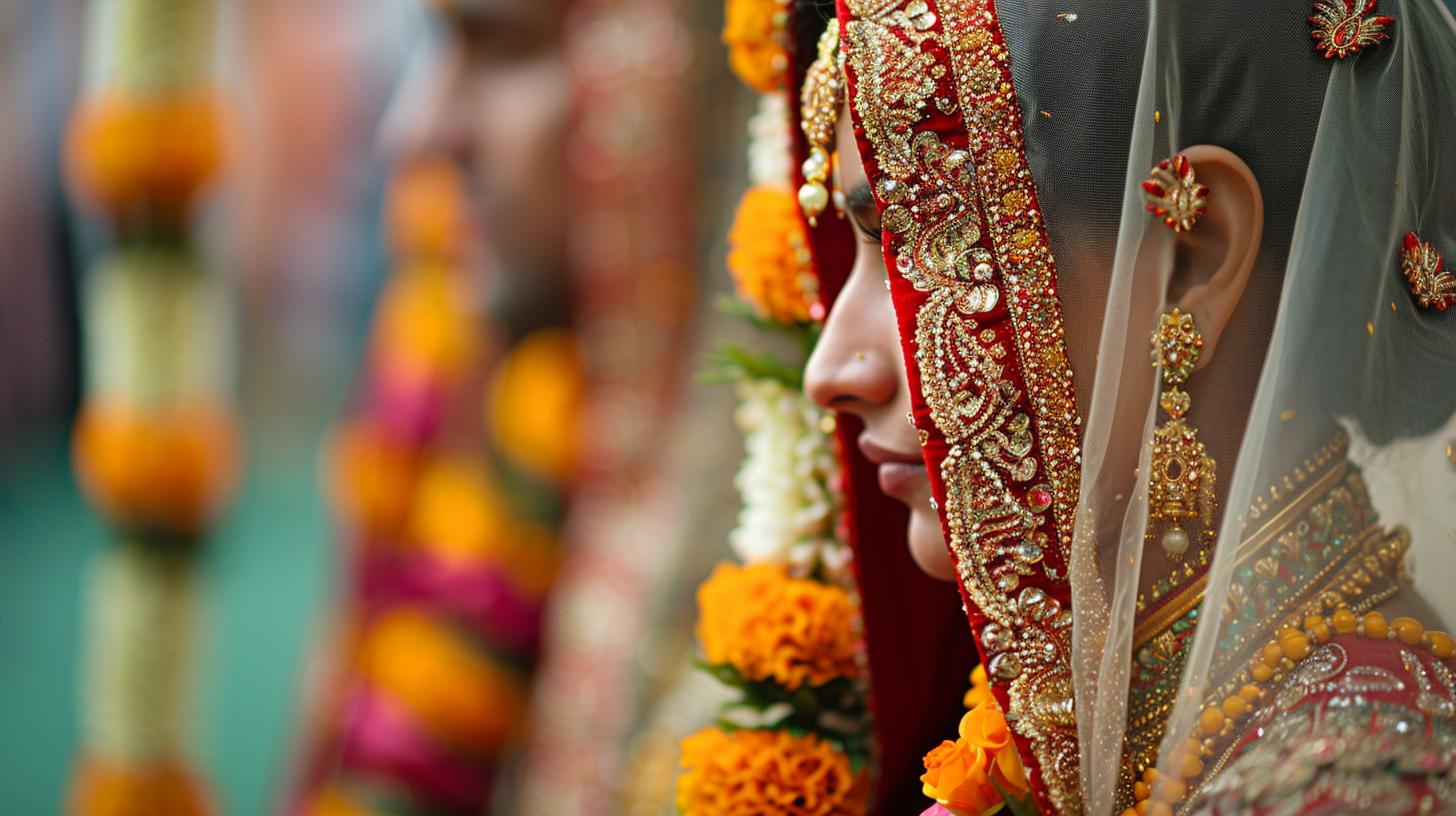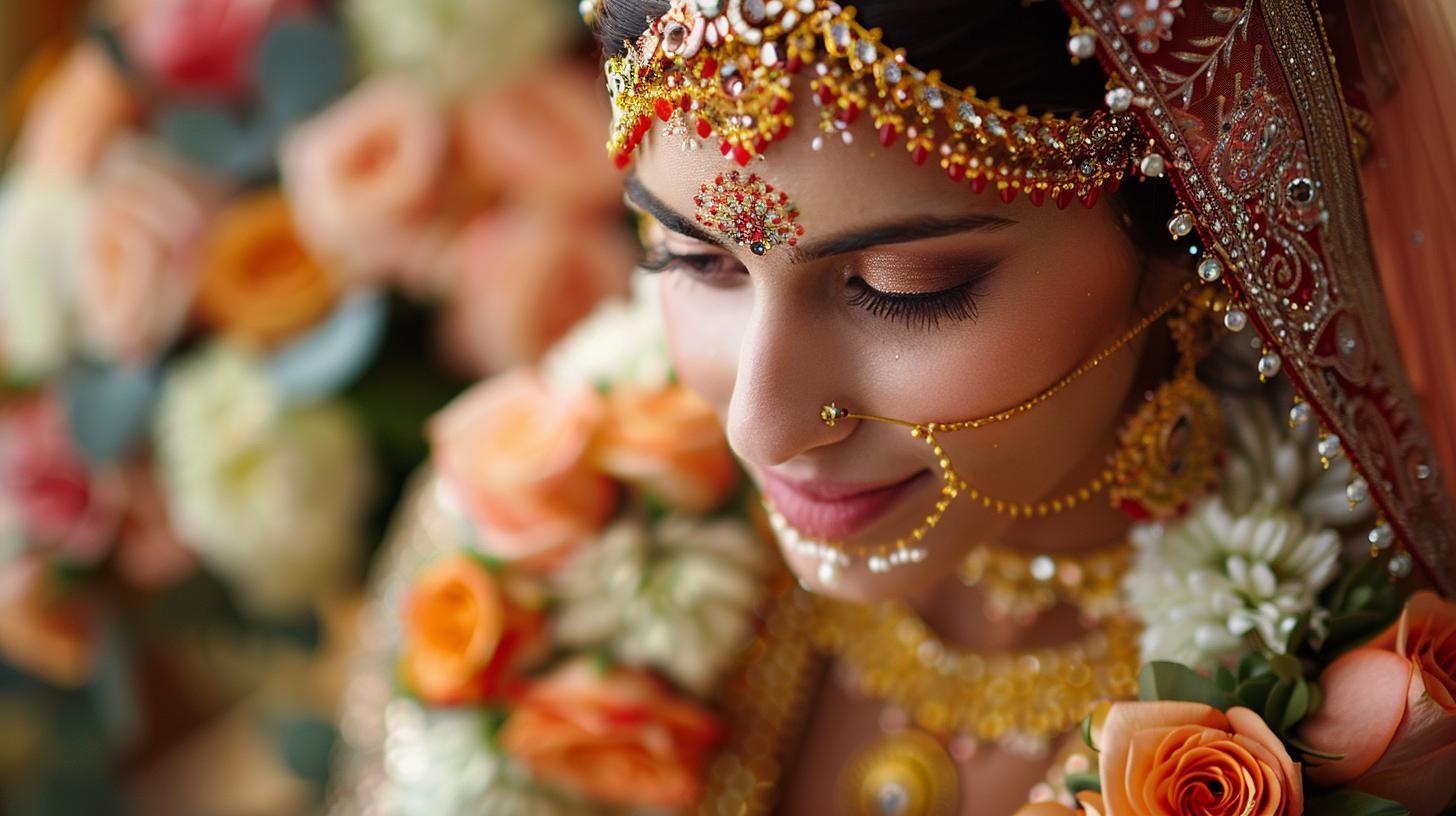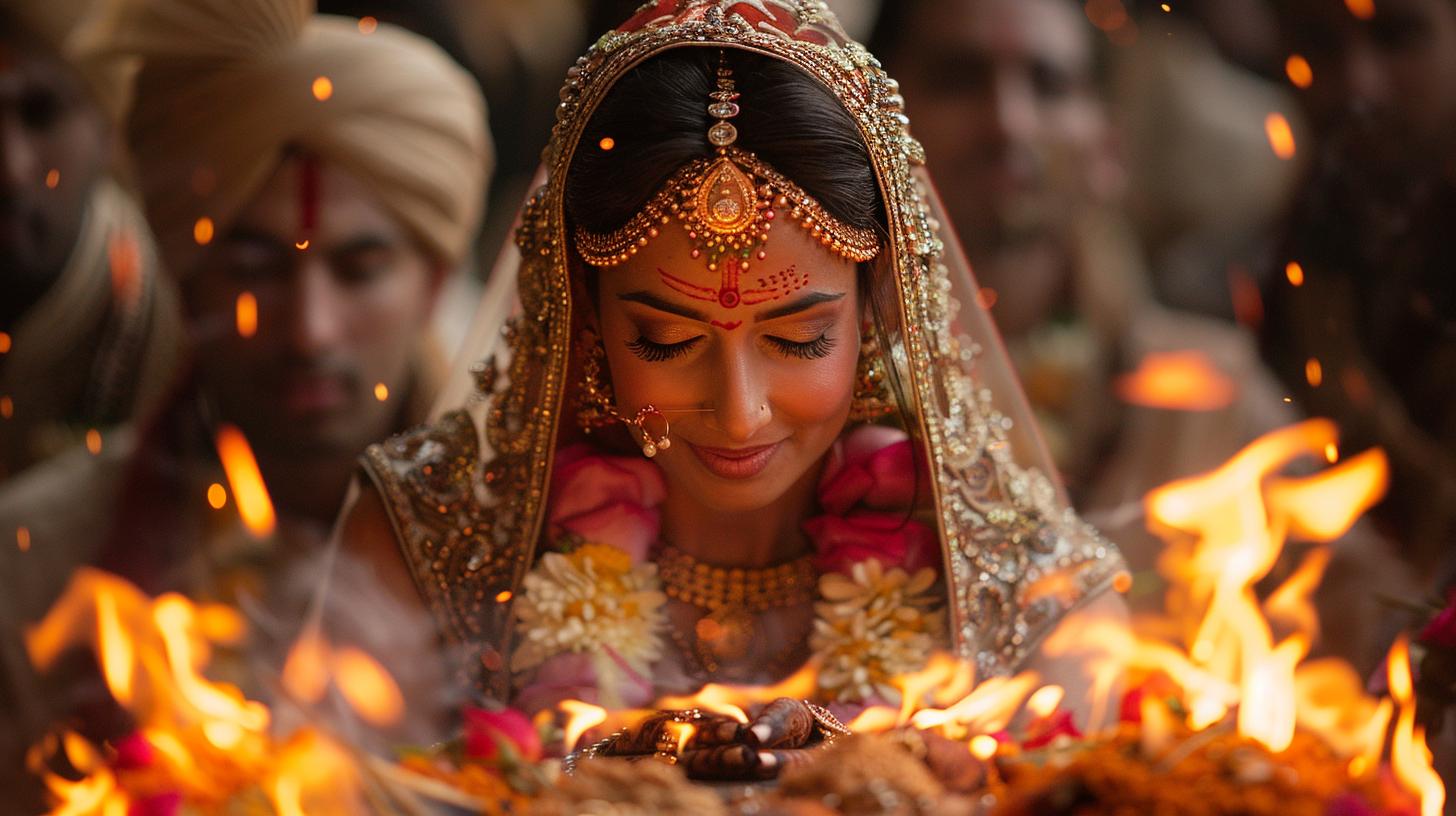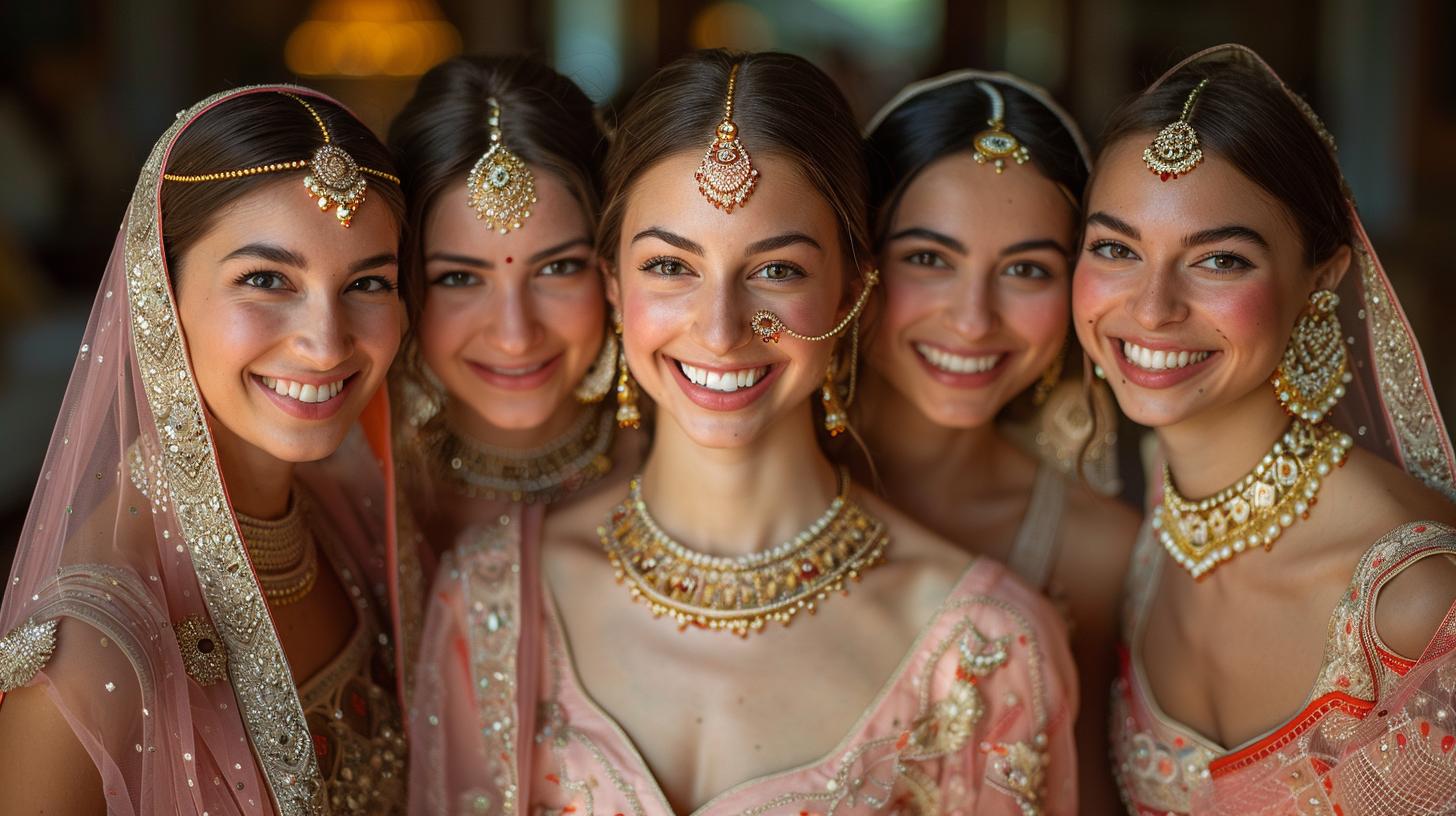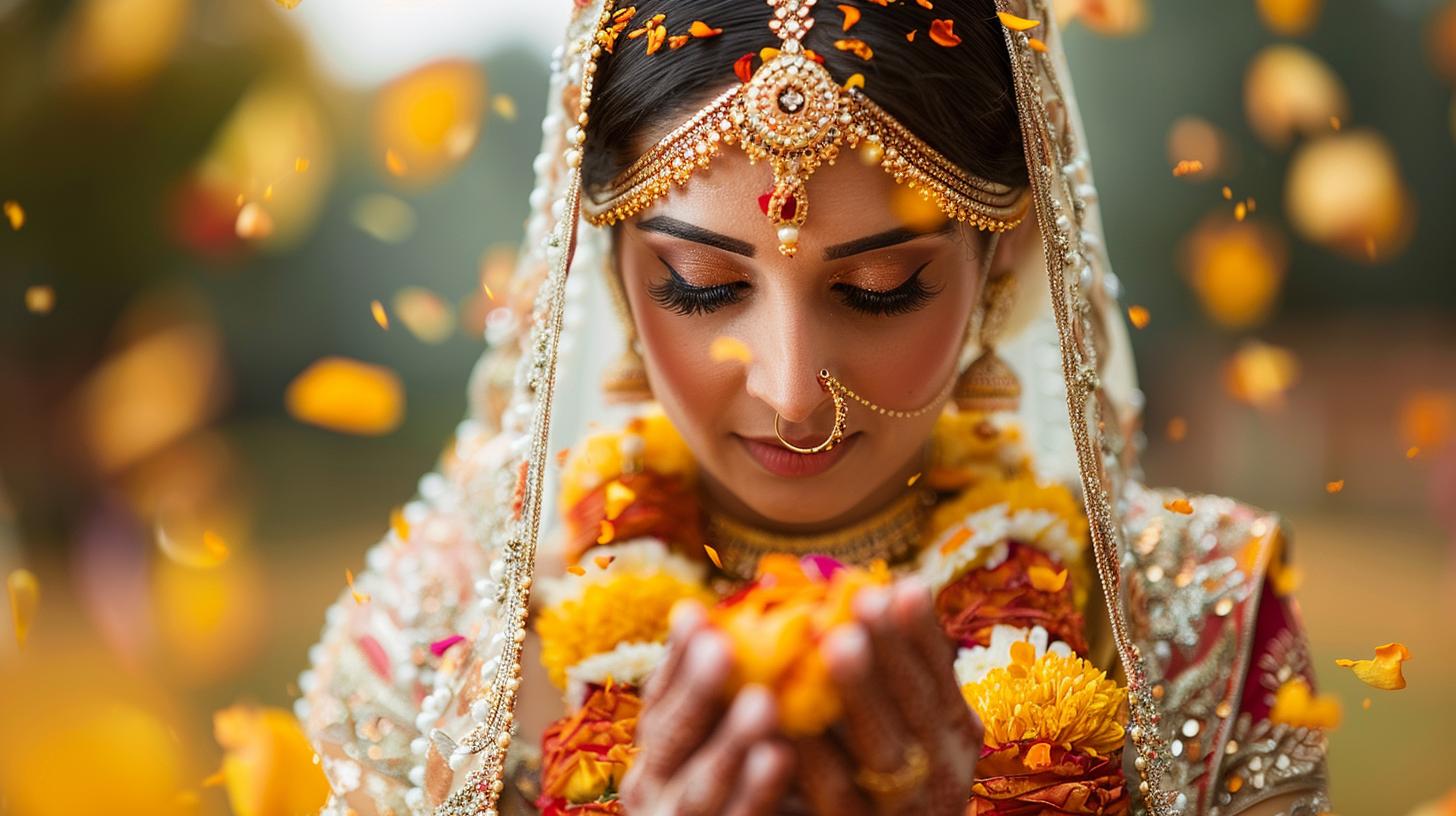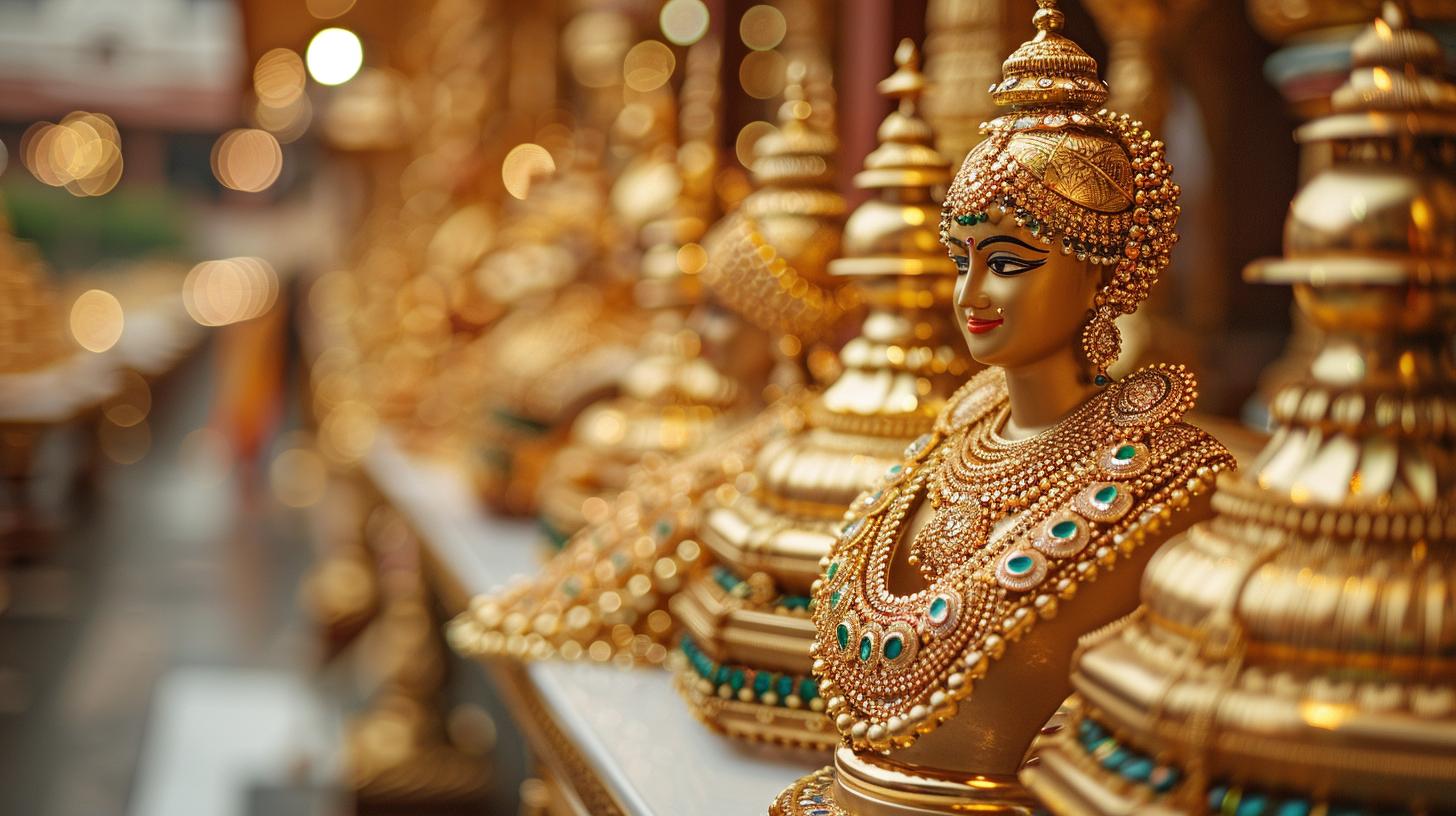Indian Wedding Rituals: A Deep Dive into the Traditions and Symbolism
Indian Wedding Rituals are steeped in tradition and symbolism, with ceremonies symbolizing love and unity. From pre-wedding rituals like the engagement ceremony to the wedding day customs like Kanyadaan and Saptapadi, each step holds deep meaning.
The post-wedding traditions continue to build on these foundations, reinforcing family bonds and cultural customs.
Overview of Indian Wedding Rituals
Indian Wedding Rituals are steeped in tradition, creating a tapestry of customs that reflect the cultural heritage and values of the couple. From the intricate Traditional Hindu Wedding Ceremonies to the symbolic representations in Symbols and Significance in Indian Weddings, each aspect holds deep meaning in the union of two individuals.
As modern times evolve, there is a harmonious balance achieved by Incorporating Cultural Elements in Modern Weddings, blending the past with the present to create a celebration that honors ancestral traditions while embracing contemporary sensibilities.
Traditional Hindu Wedding Ceremonies
The essence of Traditional Hindu Wedding Ceremonies lies in preserving age-old rituals that have been passed down through generations, symbolizing commitment, unity, and blessings from elders. From sacred mantras chanted during the ceremonies to the auspicious timings, every detail contributes to the sanctity and beauty of the union.
Symbols and Significance in Indian Weddings
Indian weddings are teeming with Symbols and Significance that convey profound meanings. From the colors worn by the couple to the rituals performed during the ceremonies, each symbolizes aspects such as prosperity, fertility, and eternal love.
These symbols serve as a visual language, communicating the depth of emotions and beliefs embedded in the union.
Incorporating Cultural Elements in Modern Weddings
As Indian society embraces modernity, there is a graceful fusion of past traditions with contemporary sensibilities. Incorporating Cultural Elements in Modern Weddings allows couples to honor their cultural roots while embracing individuality and personal preferences.
From attire choices to music selections, modern Indian weddings reflect a blend of tradition and innovation, creating a unique celebration of love and union.
Pre-Wedding Rituals in Indian Weddings
Before the main wedding day festivities, several pre-wedding rituals and ceremonies take place, each with its own significance and symbolism.
Engagement and Commitment Ceremonies
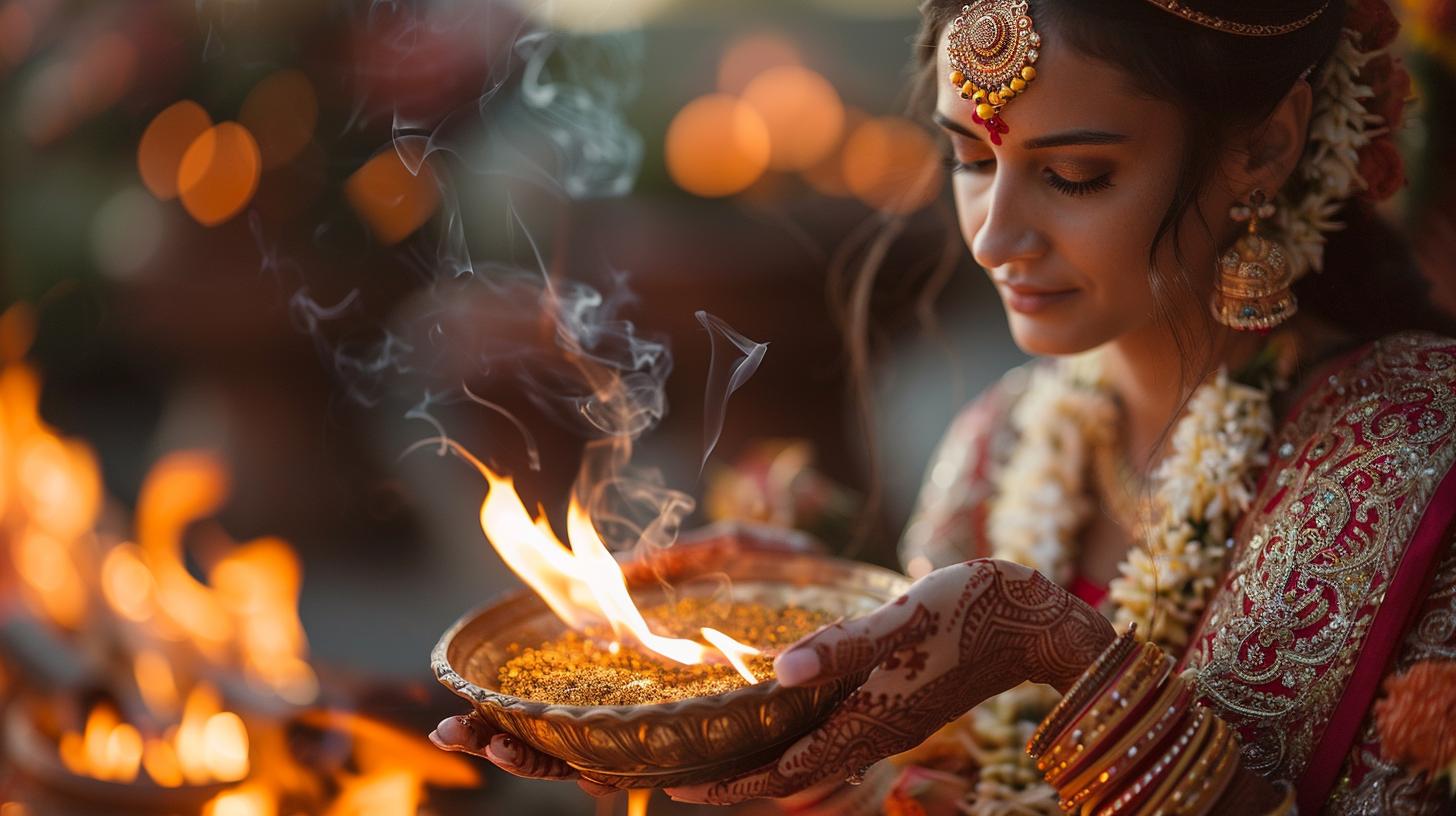
The engagement ceremony, known as lagna patrika and wagdaan, involves the exchange of written vows and rings, signifying the commitment to marriage. It marks the formal beginning of the wedding preparations.
Rituals Leading up to the Wedding Day
Barni Band-Hwana and Mayara Ceremonies
Approximately fifteen days prior to the wedding, the barni band-hwana and mayara ceremonies are conducted. Threads are tied around the groom’s family while gifts are exchanged as auspicious tokens.
Importance of Haldi and Mehndi Ceremonies
The haldi ceremony involves applying turmeric paste on the couple, symbolizing beauty and fertility.
The mehndi ceremony, where intricate designs are applied to the bride’s hands using henna, is a joyous occasion filled with dancing and singing.
Wedding Day Ceremonies and Customs
Sangeet Celebration and Baraat Procession
The Sangeet celebration is a joyous occasion filled with music and dancing. Family and friends come together to sing and dance in honor of the couple. The Baraat procession is a lively entrance of the groom to the wedding venue, accompanied by musicians and dancers, creating a festive atmosphere.
Kanyadaan and Saptapadi Rituals
During the Kanyadaan ceremony, the father of the bride gives away his daughter to the groom, symbolizing her transition to a new family. The Saptapadi ritual involves the couple taking seven steps together, each step signifying a vow and commitment to their shared journey in life.
Blessings and Offerings during the Wedding Ceremony
As the wedding ceremony progresses, blessings are bestowed upon the couple by the priest and family members. Offerings are made to the sacred fire, symbolizing purification and the start of a new chapter in the couple’s life together.
Symbolism of Traditional Wedding Garments
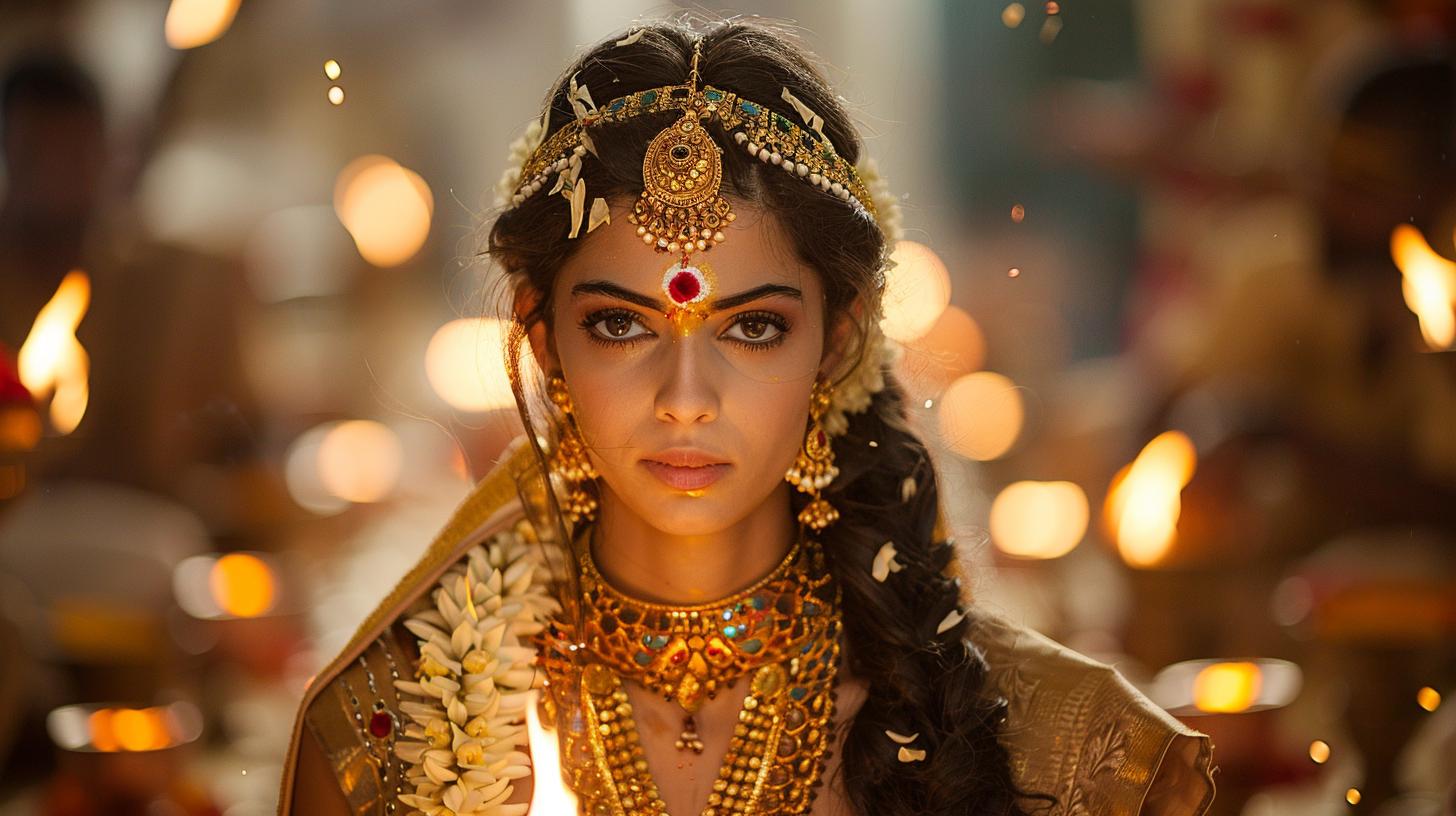
The bride and groom’s attire holds special significance during the wedding ceremony. The colors, fabrics, and designs of their outfits carry symbolic meanings representing prosperity, fertility, and marital harmony. Each garment is carefully chosen to reflect the cultural traditions and values of the couple.
Post-Wedding Traditions and Celebrations
After the wedding ceremony, the celebrations continue with various post-wedding traditions and customs that strengthen family bonds and mark the beginning of the newlywed life.
Exchange of Gifts and Blessings
One common post-wedding tradition is the exchange of gifts and blessings between the families of the bride and groom. This ritual symbolizes goodwill, love, and support for the newly married couple as they start their journey together.
Role of Family Members in Newlywed Life
Family members play a significant role in supporting the newlyweds as they navigate their new life together. From offering guidance and advice to being a source of emotional support, family members contribute to the couple’s happiness and well-being.
Continuing Traditions and Building a Shared Life
As the newlyweds begin their life together, they are encouraged to continue the traditions passed down through generations. These traditions form the foundation of their shared life and help them build a strong and enduring bond based on mutual respect and love.
.

